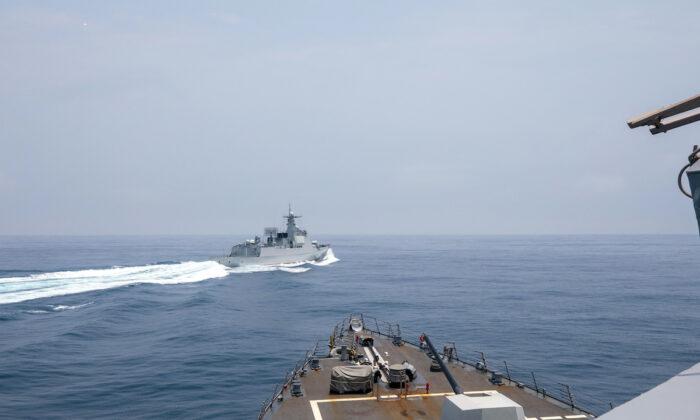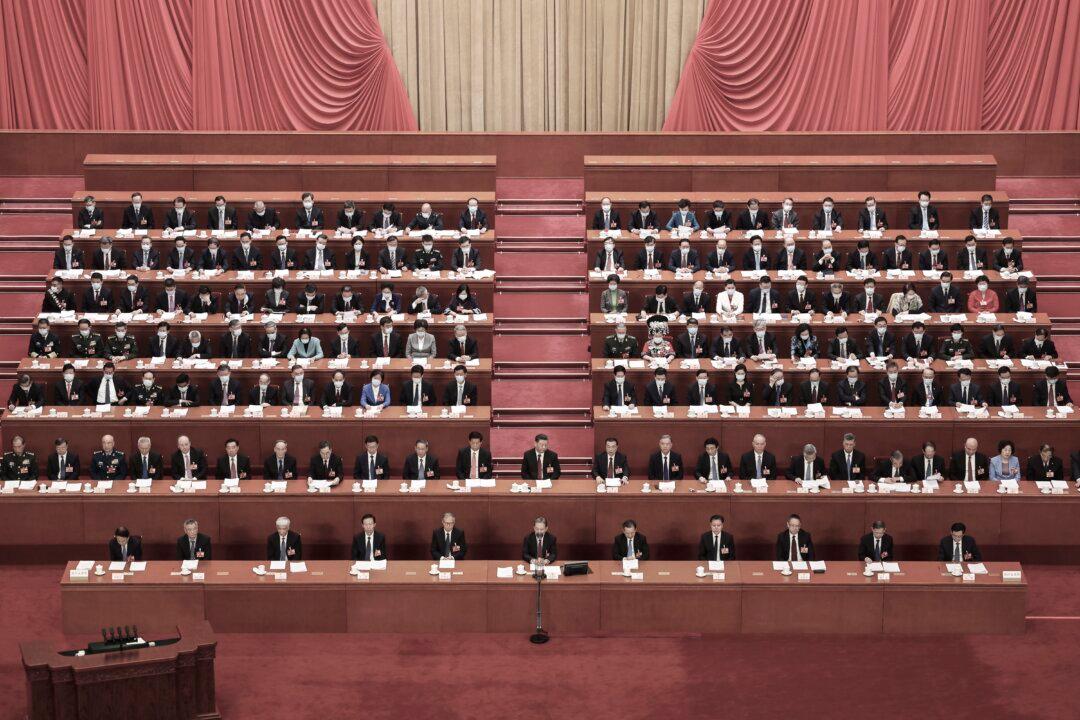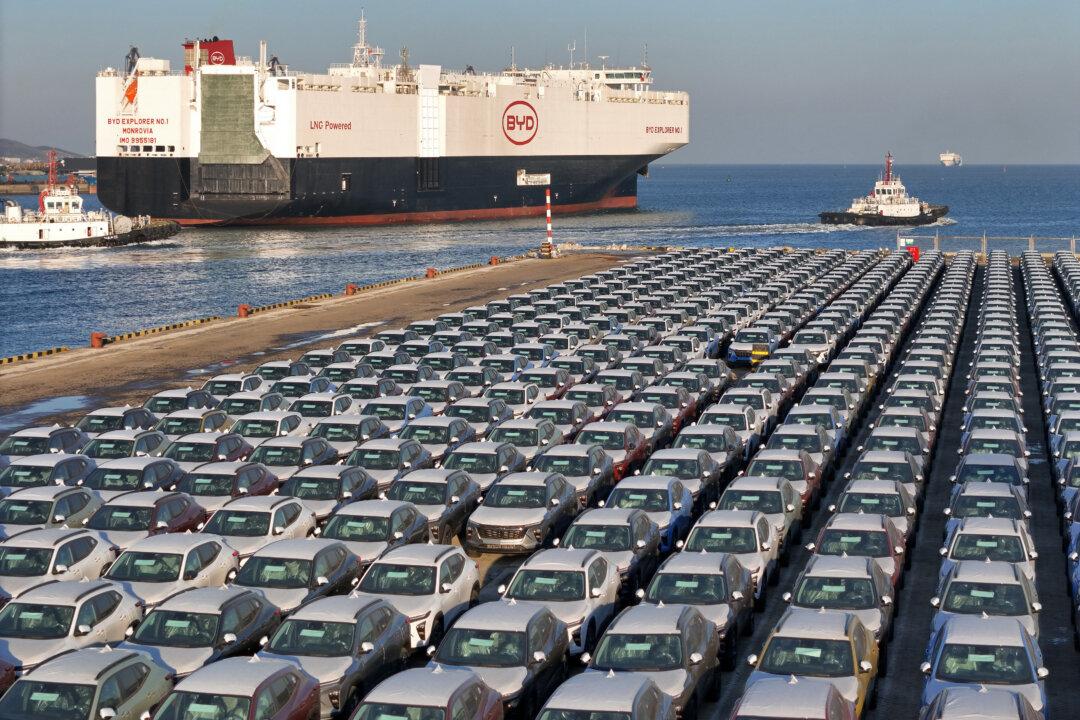A Chinese navy ship recently intercepted a U.S. Navy ship in the Taiwan Strait, escalating U.S.-China tensions over the Taiwan issue. One military expert said the move aligned with the Chinese regime’s goal to seize Taiwan and test the bottom line of U.S. defense of freedom of navigation.
On June 3, while the USS Chung-Hoon, a Burke-class guided-missile destroyer, and the Canadian frigate HMCS Montreal were passing through the Taiwan Strait, China’s Suzhou navy ship cut off the USS Chung-Hoon and forced it to change course. The two ships were within 150 yards of each other at their closest point and nearly collided.
Carl Schuster, former director of operations for the U.S. Pacific Command’s Joint Intelligence Center in Hawaii, told The Epoch Times on June 4 that the move was a deliberate provocation from China and created a dangerous situation.
“Anytime when ships get within 500 meters of each other, it’s a dangerous situation because it takes about 200 meters to turn a ship,” Schuster explained. He believes the operation was ordered by the Chinese Communist Party’s (CCP’s) Central Military Commission, given that the Chinese navy would not have acted without orders from the top.
Freedom of Navigation

In the 1970s, the former Soviet Union began to make excessive claims to international waters, designating high sea waters as its territorial waters. To preserve freedom of navigation, then-U.S. President Jimmy Carter ordered the U.S. Freedom of Navigation Program in 1979 to “exercise and assert its maritime rights and freedoms worldwide in a manner consistent with the balance of interests reflected in the Convention on the Law of the Sea.”
Taiwan Strait
In 2017, Chinese Vice Foreign Minister Liu Zhenmin was willing to admit that the Taiwan Strait was an international waterway shared by both sides of the strait.CCP’s Political Ambition
Schuster said the recent interception by the Chinese navy ship was a military move, but the political intention behind it was to deter foreign ships, especially warships, from crossing the Taiwan Strait.“Their goal is to claim these waters for themselves,” Schuster said. “If the U.S. stops sending warships across the Taiwan Strait in response to the CCP’s tactics, then the Taiwan Strait will become de facto Chinese waters.”
CCP’s Test on Bottom Line of US

Schuster believes the Taiwan Strait interception was just one of Beijing’s tests for U.S. political leaders. Other similar acts of aggression include the recent hacking of critical infrastructure in Guam and the incident with Chinese citizens attempting to infiltrate military bases in Alaska posing as tourists. China’s increased military drills around Taiwan and the Chinese spy balloon incident further showed that the CCP is testing how the United States would react to its aggressive tactics, he said.
According to Schuster, these “tests” are one of the ways by which the CCP measures the intentions and political will of its adversaries. The opponents’ reactions give Beijing a glimpse of their political thinking, the actions they are considering, their capabilities, and their beliefs about their responsiveness.
“These actions [by the CCP] should be seen as a wake-up call to our leaders and to the American public. The Beijing authorities are hostile to the international order in general and the United States in particular. Our response will not be cheap, but we need to respond—economically, diplomatically, and militarily,” Schuster said.




